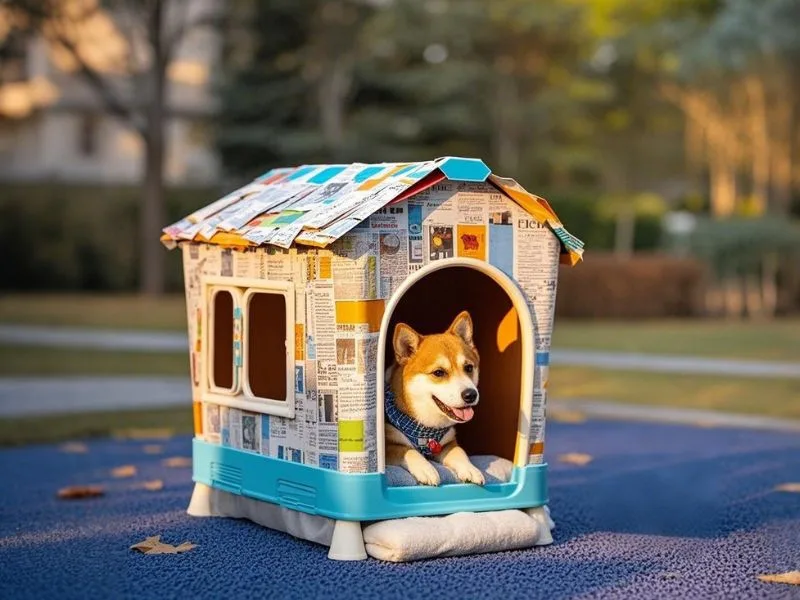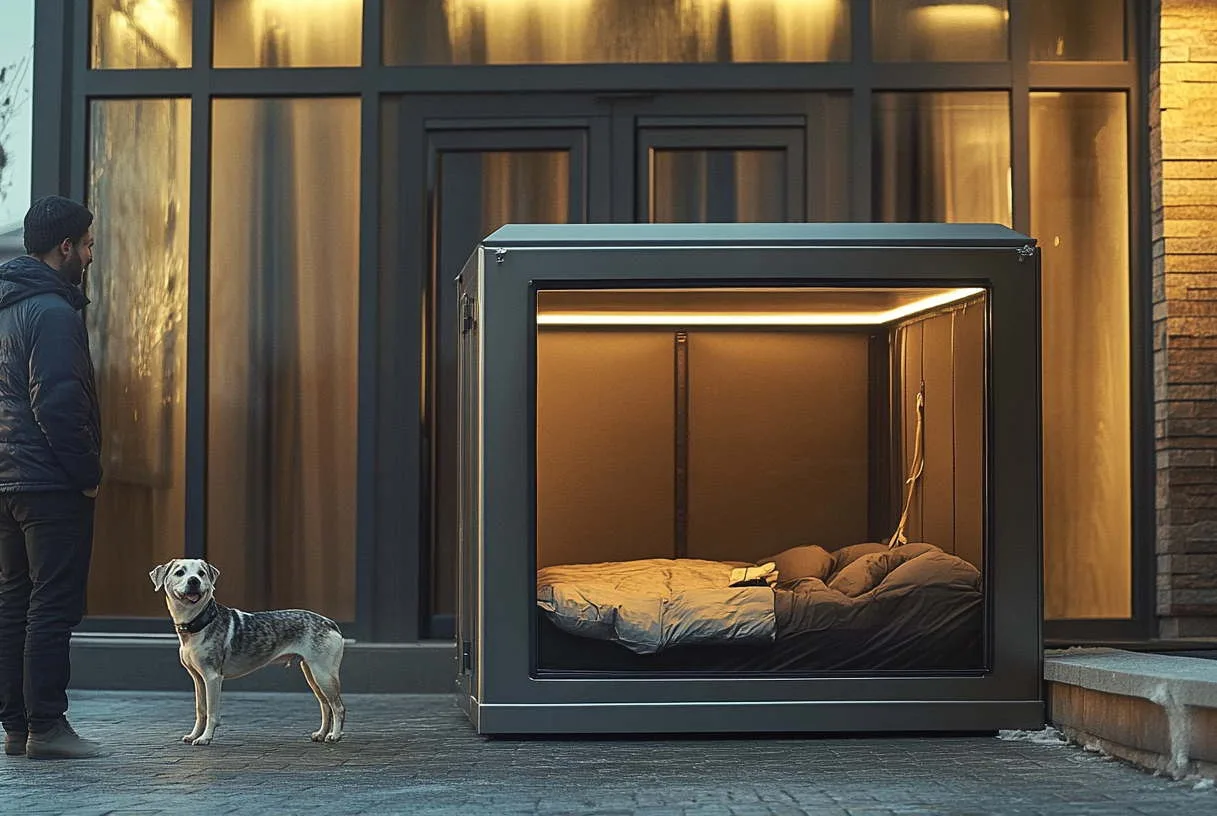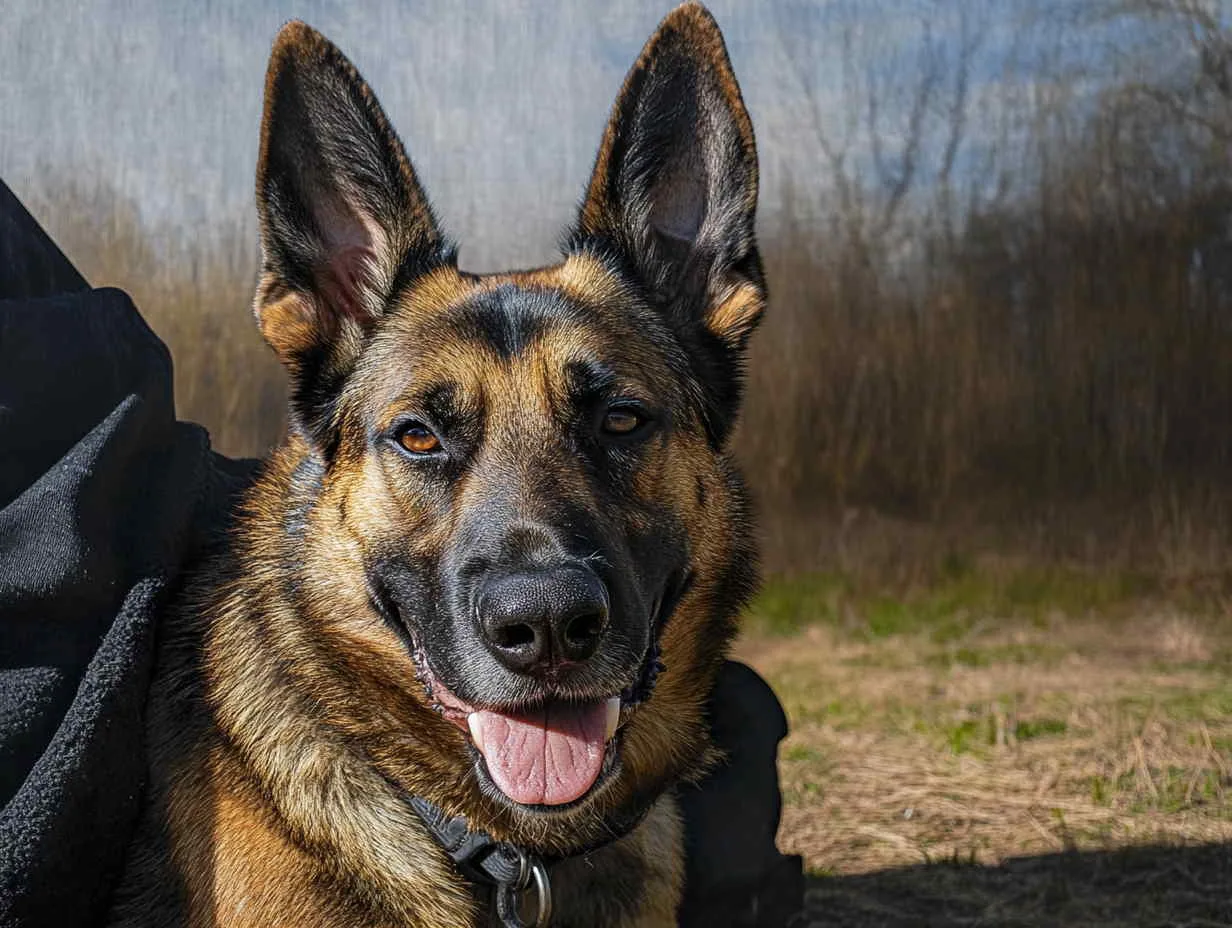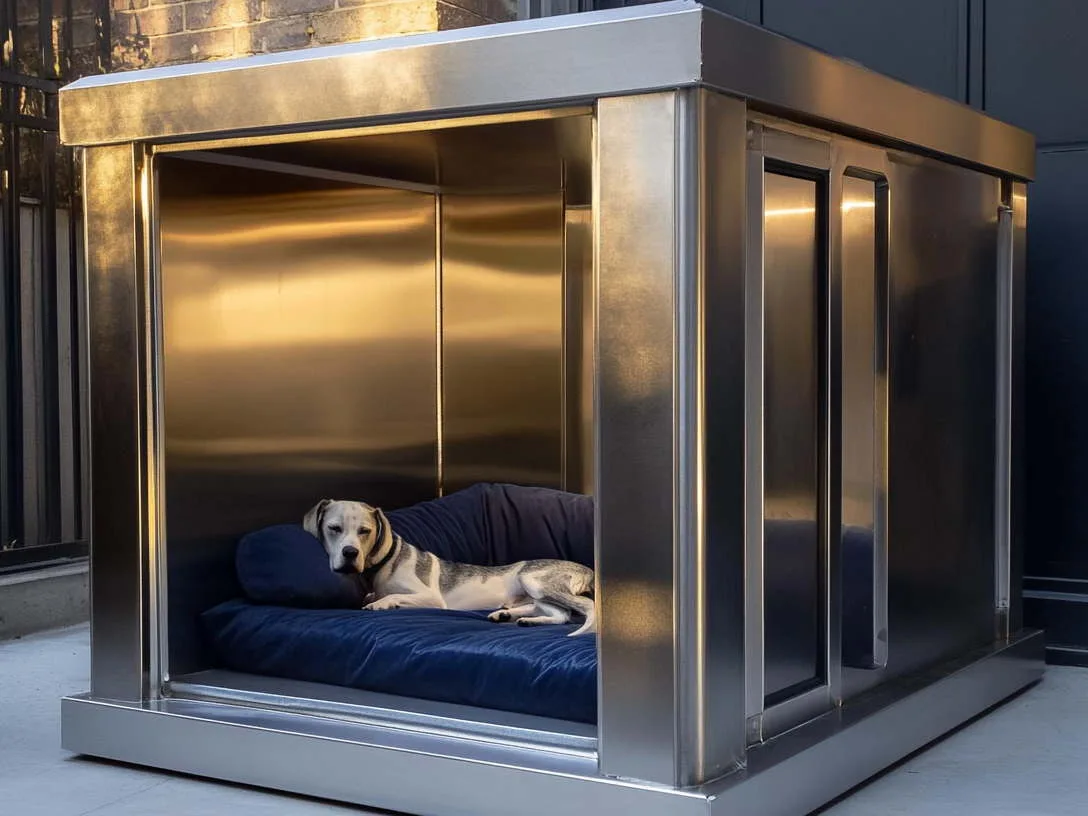SPH
2025.03.20
164
Like many dog parents, I thought any basic shelter would suffice for my furry companion. As long as they had a place to retreat, I assumed they were comfortable and protected. However, when I adopted my first dog, I quickly realized that different breeds and climates require different types of outdoor dog houses.
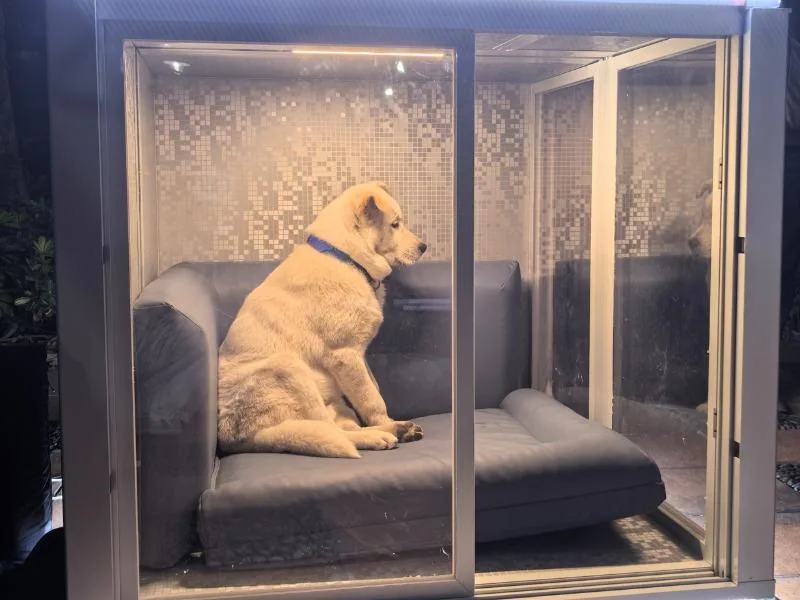
My dog struggled with the cold, and the flimsy plastic house I initially bought did little to keep him warm. That’s when I started researching the best types of dog houses for various weather conditions, materials, and durability. I consulted with other dog parents, read countless reviews, and tested different options to find the ideal shelter for my pup.
In this post, I’ll walk you through the various types of outdoor dog houses, each designed for different needs and situations. Whether you’re looking for a sturdy wooden structure, an insulated dog house for extreme weather, or a lightweight plastic option for easy maintenance, this guide will help you make an informed decision.
Wooden dog houses are classic and sturdy, offering excellent insulation while naturally blending into outdoor environments. Many models feature elevated floors to prevent moisture accumulation. Additionally, slanted roofs facilitate effective water runoff.
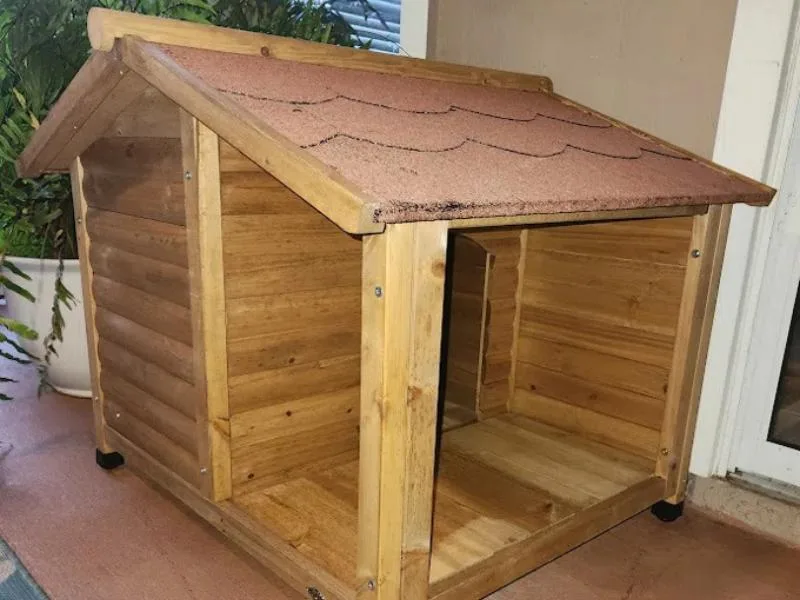
After testing the TRIXIE Natura Weatherproof Outdoor Dog Kennel is made from solid pine, giving it a rustic, natural look that blends well in outdoor settings. Its elevated floor enhances air circulation, maintaining a dry and comfortable interior for your pet. The gable-style roof, covered with heavy-duty mineral roofing felt, efficiently sheds water.
However, I did notice a few minor issues. It rain can seep through the door area. So, if you’re in a particularly wet or windy area, I’d recommend considering that upgrade.
Choosing Wooden Dog House Note
Lightweight and easy to assemble, plastic dog houses are ideal for pet owners looking for a low-maintenance option. While they lack the insulation of wooden options, they are easy to clean with just a hose and mild detergent.
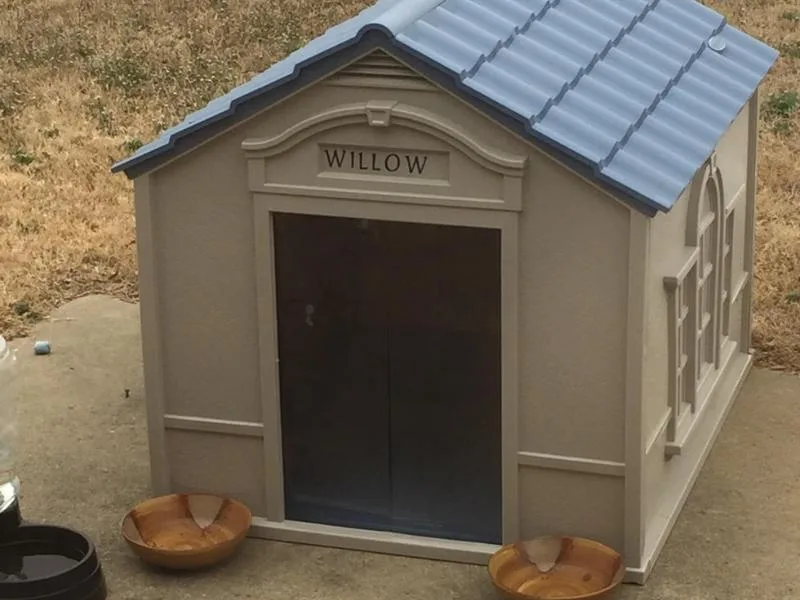
If you’re looking for a durable and waterproof dog house that also provides comfort, the Suncast Deluxe Plastic Dog Palace is a solid choice. Constructed from sturdy, weather-resistant resin, it ensures longevity and protection against various weather conditions. The crowned channeled floor effectively captures fluids. However, it’s worth noting that this model is recommended for dogs up to 70 lbs.
Choosing Plastic Dog House Note
Perfect for dogs that need containment but still require ample airflow, outdoor dog cages offer a secure space while maintaining visibility. These houses are commonly used for training or temporary outdoor setups. Exposure to temperatures below 32°F (0°C) can lead to hypothermia and frostbite in dogs, with risks increasing under wet conditions such as rain, snow, or damp environments.

In our assessment, the MidWest Homes for Pets iCrate single-door and double-door dog crate emerged as the top choice due to its straightforward assembly, comprehensive features, and easily removable tray for effortless cleaning. However, it is worth noting that the door may exhibit slight bending when subjected to forceful pulling.
Choosing Outdoor Dog Cage Note
Designed for year-round use, insulated dog houses provide superior protection from extreme weather conditions. Many feature double-wall construction with foam or thermal lining to regulate internal temperature. Some models include self-closing doors or additional weatherproofing elements.

After assembling the SPH smart dog house, I was immediately impressed by its modern design and robust construction. The aluminum alloy frame not only offers exceptional durability but also provides effective insulation, ensuring a comfortable indoor temperature for my pet year-round. The modular design made the setup straightforward. Two adults can easily complete it in just five minutes.
Equipped with the SPH® Eco-system, this dog house features an intelligent module that manages a safe and free entrance for my dog. The integrated smart magnetic track lighting adjusts based on timing, while the smart purification system maintains optimal temperature, humidity, oxygen levels, cleanliness, and quietness. These features collectively enhance my dog’s living experience, both indoors and outdoors.
Choosing Insulated Outdoor Dog Kennel Note
Outdoor tent dog houses are specifically designed to provide a portable and weather-resistant shelter for dogs in outdoor environments. Ideal for camping, hiking, or backyard use, these tent-style houses feature durable, weatherproof fabric that shields pets from rain, sun, and wind.
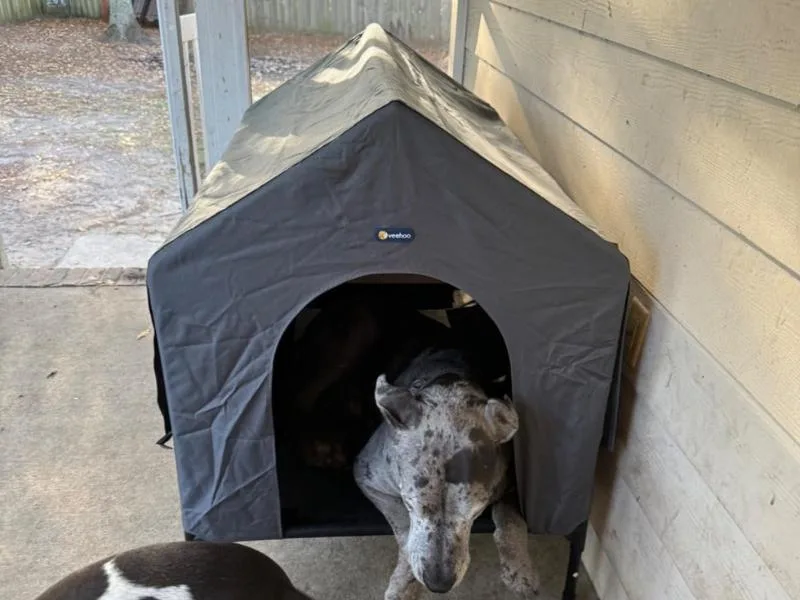
After thoroughly testing the 2-in-1 Elevated Dog House, I can attest to its thoughtful design and functionality for pet owners seeking versatility and comfort for their dogs. The dog house features a sturdy, powder-coated steel frame that ensures stability and durability. The elevated design keeps pets off cold or damp grounds, promoting better airflow and comfort. The top cover is made from 600D Oxford fabric with a waterproof PVC coating, protecting against rain and harmful UV rays.
Choosing Outside Shade Dog Tent Note

It’s essential to place the dog house in a location that offers protection from prevailing winds and heavy rainfall. Situating the entrance away from the direction of prevailing winds can prevent rain and snow from entering the shelter. Additionally, installing a flap over the door can provide extra protection against harsh weather conditions.
To prevent water accumulation around the outdoor dog kennel, select a site with proper drainage. Elevating the dog house slightly off the ground can prevent moisture from seeping in, thereby keeping the interior dry and extending the structure’s lifespan.
Be mindful of your neighbors when deciding on the kennel’s location. Positioning the kennel away from neighboring properties can prevent potential noise complaints and maintain harmonious relations.
Before finalizing the kennel’s location, inspect the area for potential hazards such as gardens, buried power lines, or sprinkler systems. Ensuring the kennel is placed away from these dangers will prevent accidental damage and keep your dog safe.
To provide your beloved dog with a comfortable and safe outdoor shelter, we have considered several key factors. After thorough research and comparison, I ultimately chose SPH Smart Dog House.
This smart dog house is designed to withstand outdoor weather conditions such as wind, rain, and sunlight. It also features an intelligent temperature control system to ensure the interior maintains an ideal temperature at all times. Additionally, SPH Smart Dog House is made from easy-to-clean materials, making daily maintenance simple and efficient. What’s more, its easy assembly allows the dog house to be placed in various outdoor and indoor settings.
